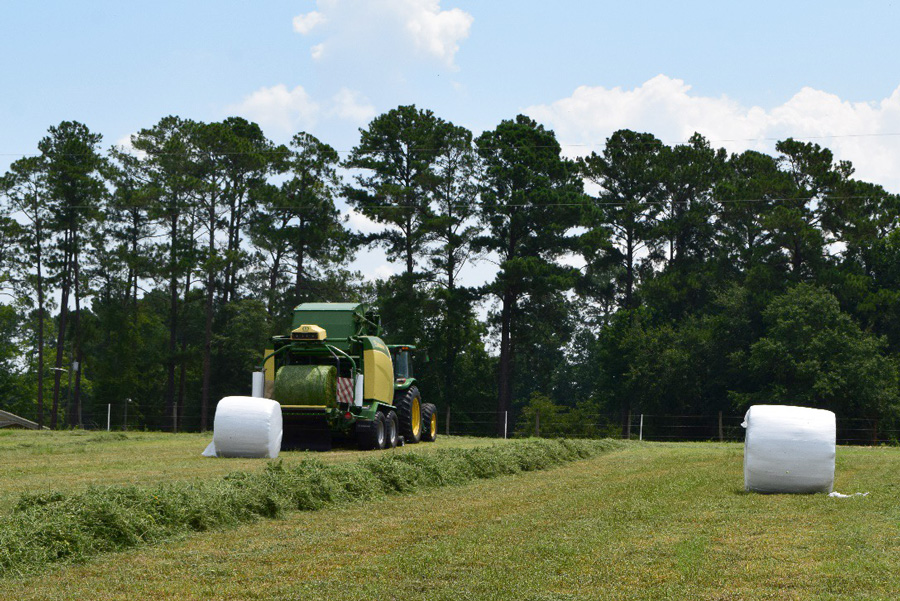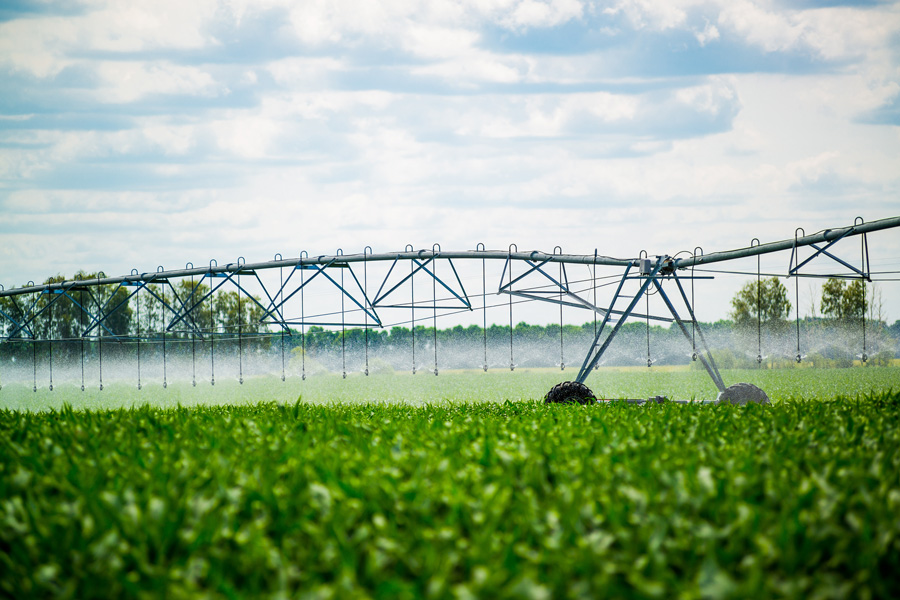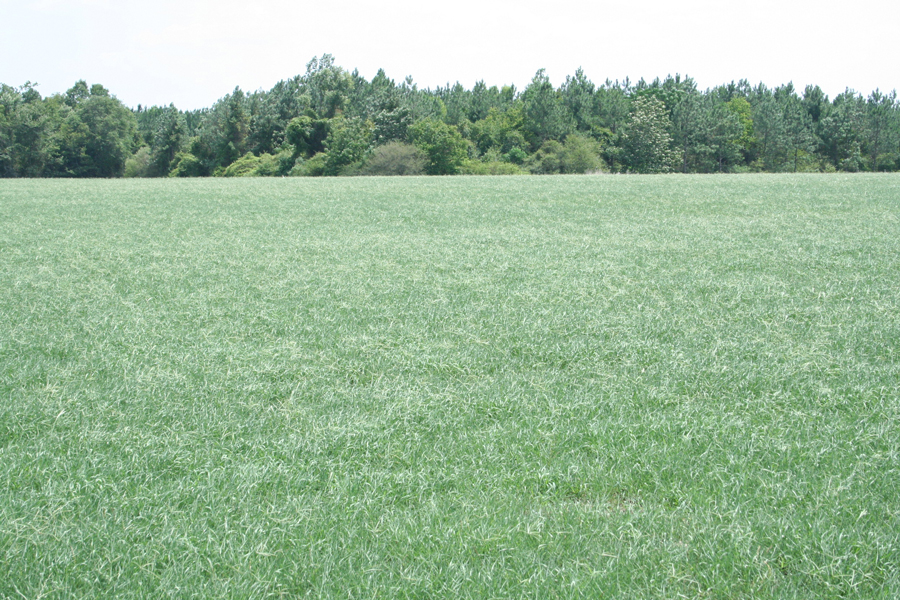Crop and Soil Sciences
-

Variety selection is one of the biggest decisions and investments cotton growers make each year. In 2010, the UGA Extension Cotton Agronomists implemented the UGA On-Farm Cotton Variety Evaluation Program to assist in this decision. In this annual publication, varieties were evaluated in 2020 across a wide range of environments in the cotton producing regions of Georgia in cooperation with county agents and industry partners. The implementation of this program has made a tremendous impact on variety selection from year to year, and it will continue to have the same impact in the future.
R. Anthony Black, Phillip Marion Roberts, Eric Elsner, Scott Rogers, and Camp Hand
|
-

Variety selection is one of the biggest decisions and investments cotton growers make each year. In 2010, the UGA Extension Cotton Agronomists implemented the UGA On-Farm Cotton Variety Evaluation Program to assist in this decision. In this annual publication, varieties were evaluated in 2020 across a wide range of environments in the cotton producing regions of Georgia in cooperation with county agents and industry partners. The implementation of this program has made a tremendous impact on variety selection from year to year, and it will continue to have the same impact in the future.
Wade B. Parker, Eric Elsner, Scott Rogers, and Camp Hand
|
-

Arsenic in your drinking water may damage your health. Because arsenic in household well water is usually dissolved from natural rock in the aquifer, water treatment is the only way to eliminate it. This publication describes methods for removing arsenic from household drinking water.
Uttam K. Saha
|
-

Learn about irrigation scheduling methods for commercial vegetable production in Georgia through this video resource.
Laurel Dunn, Andre Luiz Biscaia Ribeiro da Silva, and Govindaraj Dev Kumar
|
-

B 1371
UGA Basic Balancer
The UGA Basic Balancer is a spreadsheet-based decision aid to formulate basic rations for beef cattle operations. The nutrient requirements used in this program are adapted from guidelines presented in the 2000 National Research Council publication “Nutrient Requirement of Beef Cattle: Seventh Revised Edition: Update 2000.” The UGA Basic Balancer program consists of a feed library, least cost feedstuff analyzer, a ration analyzer, and sections to balance rations for brood cows, bulls, heifers, and stockers.
The UGA Basic Balancer is intended to be a simple ration balancer that addresses energy (TDN) and crude protein (CP) requirements of cattle. This program does not take into consideration other requirements or limitations (for example, micro minerals, fat level, effective fiber, nonstructural carbohydrates, etc.). Before feeding any rations developed in this program, contact your local Extension office to address any potential problem.
Jacob R. Segers, Lawton Stewart, and Lisa Baxter
|
-

Baled silage, or “baleage,” is an excellent method for forage harvest, storage, and feed efficiency. Conserving forage as baleage enables harvests to be performed on a timely basis, allowing harvests to capture higher quality forage. This publication focuses on common questions about making and feeding baleage.
Lisa Baxter
|
-

B 1298
Chemigation in Georgia
Chemigation is an inclusive term referring to the application of a chemical into or through an irrigation system. It includes the application of fertilizers, acids, chlorine and pesticides. Chemigation can save time, reduce labor requirements, and conserve energy and materials. Chemigation is beneficial, however, only to the extent that the irrigation system is adequately designed, fully functional and properly managed.
Kerry A. Harrison, Calvin D. Perry, Wesley Porter, Cale Cloud, and David Hall
|
-

This publication highlights the role of selenium in animal nutrition; selenium concentration and distribution in soils and feedstuffs (grains and forages) produced in various parts of the United States and in Georgia; disorders resulting from Selenium deficiency or toxicity; various methods of selenium supplementation; and recommendations for selenium management in Georgia. This publication is intended to serve as an educational resource for university researchers and Extension specialists, county Extension agents and livestock, forage and feed producers, among others.
Lawton Stewart and Uttam K. Saha
|
-

Bahiagrass (Paspalum notatum Flugge) is a long-lived, perennial warm season grass that is grown extensively in the southeastern United States. It is most commonly used as a pasture species, but can be used for hay production, erosion control, and wildlife habitat. Bahiagrass can also be used in “sod-based rotation” sequences that have been found to suppress pest problems (nematode and disease issues) in crops such as peanuts.
Jeremy Kichler, Ronald Scott Tubbs, Lawton Stewart, Lisa Baxter, and William Secor
|